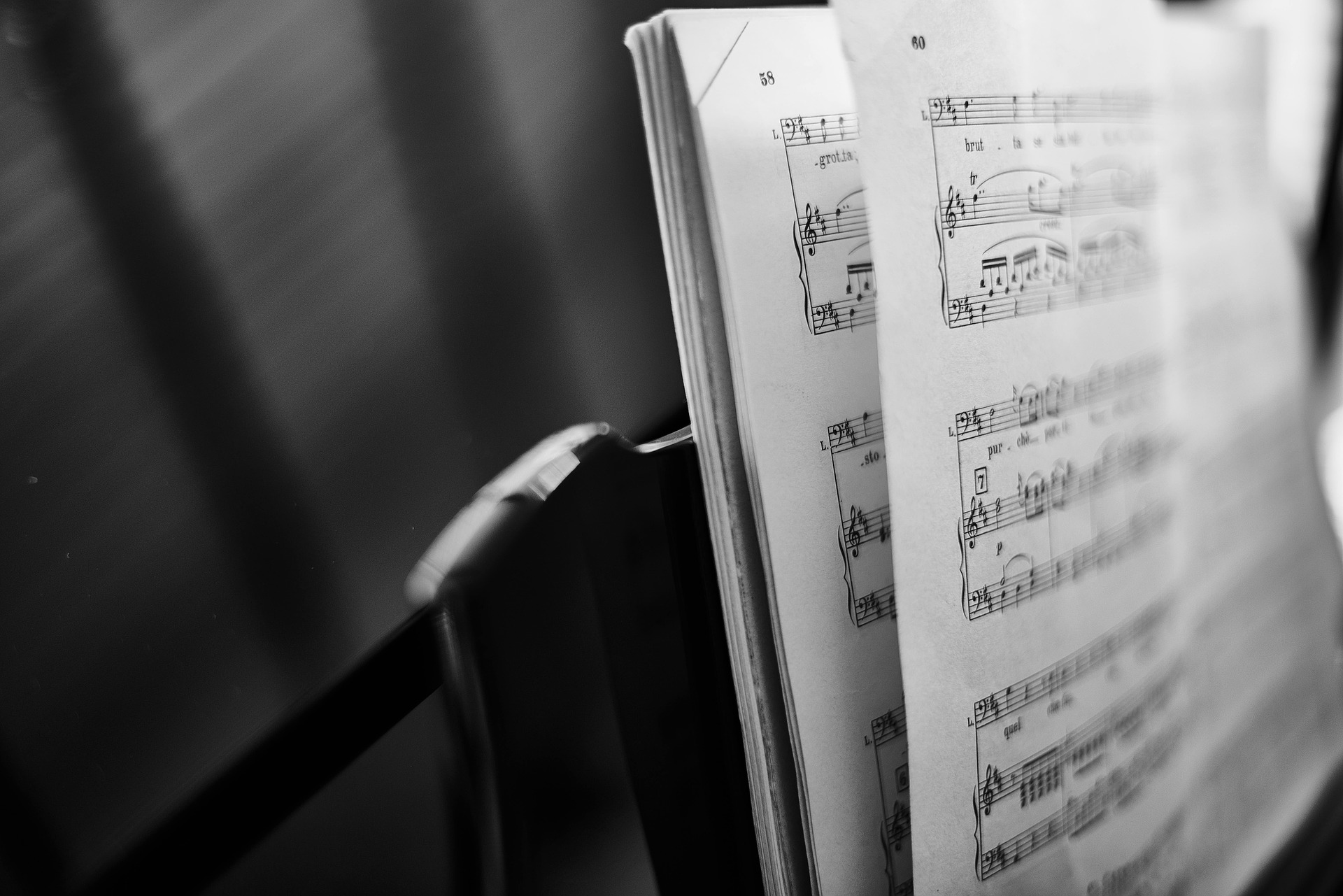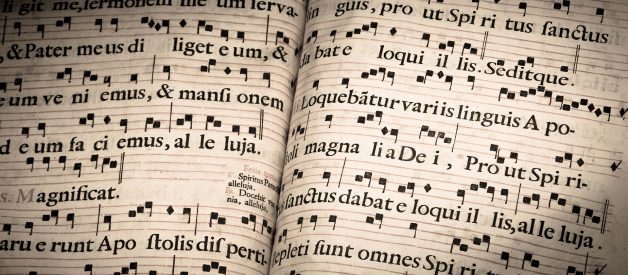If you have studied music at school even at a basic level you are probably familiar with the Western music notation system. Some people may also remember how to write the do major scale, but that’s about it, unless you are a musician and have studied music theory extensively. If you want to find out how diverse and complex music notation can be, keep on reading:
-
Country music session musicians use a different notation system
Unlike classical music performers, these artists use the Nashville Number System. This method of transcribing music denotes the scale degree on which a chord is built. It is based on the Roman numerals and on the figured bass system and it was created by Bill Matthews in the late 1950s. The Nashville Number System is preferred by many because it is accessible to anyone and doesn’t require extensive music theory knowledge. Do is replaced by 1, Re by 2, Me by 3 and so on, until Ti, which corresponds to 7. A dash is used to mark a minor, and a dozen other symbols are available to make other alterations.
-
Western music notation systems started to develop during Renaissance
The church played a major role in this development, as clerics wanted to find a way to spread chants throughout the church and ensure ecclesiastical uniformity. Notation continued to develop in the Romantic music era (1820-1900), at the same time with the development of new musical instrument technologies.

-
Music notation is as old as writing itself
The first accounts of music notation were found in a cuneiform tablet originating in Nippur, Sumer (today’s Iraq), approximately 2000 BC. The music on the tablet was composed in harmonies of thirds and it was written using a diatonic scale. The instrument for which the music was written was the lyre.
-
The Ancient Greeks also had a music notation system of their own
Their system was in use between the 6th century BC and the 4th century AD. Some of these notations have survived to this day, and we even have a complete composition available, the Seikilos epitaph, dated between the 2nd century BC and the 1st century AD. The system consisted of symbols placed above text syllables. The Ancient Greek’s notation system has been discontinued some time around the Decline of the Roman Empire.
-
Names of musical notes come from a Latin hymn
Guido of Arezzo, who lived around year 1000, created the functional names for musical notes using the beginning syllables of the first musical lines of the Ut queant laxis Latin hymn:
- Utqueant laxis
- resonare fibris,
- Mira gestorum
- famuli tuorum,
- Solve polluti
- labii reatum,
- Sancte Johannis
6. There are many music notation systems used in various countries
The countries using a different music notation system than the Western one are Korea (the traditional musical notation system called Jeongganbo), India (Swaralipi and other systems), Russia (the Znameny chant singing tradition used in the Russian Orthodox Church), China, Japan (shakuhachi music and ryukyuan music using kunkunshi, a notation system of kanji), and Indonesia.

-
A Braille music notation system is being used
This code allows music to be notated using Braille cells, which means the visually impaired can become musicians as well. The system was developed by Louis Braille and uses the same six-position cell that the literary Braille system is based on. The system is well-developed and effective, and it is not easier or more difficult to learn than print music. The National Library for the Blind in Stockport, UK, hosts the world’s largest collection of Braille music.
-
Experimental music uses graphic notation
This type of music notation has developed in the 1950s, and may be used in combination with traditional music notation. Symbols which convey information to the performer about the way the piece of music is to be performed are being used, since the time of avant-garde music composers such as Mauricio Kagel, Karlheinz Stockhausen, or Roman Haubenstock-Ramati. The music is being represented by using various symbols, illustrations, and colors. A compendium featuring the graphic scores of composers from more than 50 countries was published by Theresa Sauer in 2008, demonstrating how widespread the practice has become.

-
Computers use different forms of music notation
Since computers are often being used for making music, various forms of music notation which are used by software systems have been developed. For instance, the MIDI file format can store information such as duration speed, volume, pitch, and so on, which are further used to control a MIDI instrument.
-
Different kinds of clefs exist in the Western notation system
The role of the clef is to define the pitch range and is placed at the beginning of a staff. Sometimes, clefs can also appear in the middle of a staff to indicate a change in register for instruments with a wide range. The best-known clef is the G clef or treble clef. Another clef is the C clef or the tenor clef, which point to the line representing middle C or approximately 262 Hz. Most times the C clef is used for the modern notation for the viola, and in music written for cello, bassoon, trombone, and double bass. The F clef or the bass clef denotes F below middle C, or approximately 175 Hz, and is reserved for choral music to represent the bass and baritone voices. There are also the neutral clef, used for percussion, the octave clef, for guitar and tenor parts in choral music, and the TAB sign for stringed instruments.

Music theory is fascinating even for the amateurs, not to mention musicians. New music notation systems are being invented all the time. Just in the United States there are around 90 patents issued for new notation systems, the earliest dating from 1839. The diversity of music notation systems shows what an important part of life music has been since the oldest times and how much the humans are trying to preserve and forward their musical compositions.
